Arunachal Pradesh
A vibrant state known for its rich heritage, ancient temples, and classical dance and music

Nestled in the eastern Himalayas, this state is known for its pristine landscapes, diverse tribal heritage, and vibrant festivals. Home to snow-capped peaks, dense forests, and serene monasteries, it offers a peaceful retreat into nature. The region’s cultural richness is reflected in its unique customs, crafts, and traditional lifestyles.
Wiki Link : Arunachal Pradesh wiki
Must-Visit Attractions in Arunachal Pradesh

The largest monastery in India and second-largest in the world, A sacred Buddhist site offering breathtaking views and a tranquil ambiance.

Ziro Valley
Famous for its lush rice fields and pine-clad hills, Ziro Valley is home to the Apatani tribe and the vibrant Ziro Music Festival.

Sela Pass
At an altitude of over 13,000 ft, this high-altitude mountain pass is a gateway to Tawang and is often snow-covered, adding to its charm.
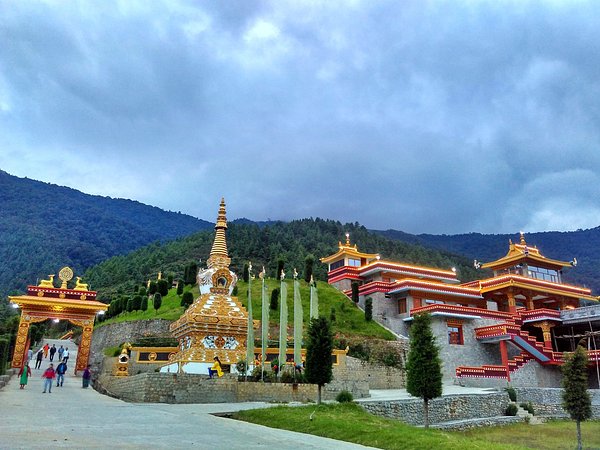
Dirang Valley
A serene hill town known for its apple orchards, Buddhist monasteries, and therapeutic hot water springs, perfect for a relaxing getaway.
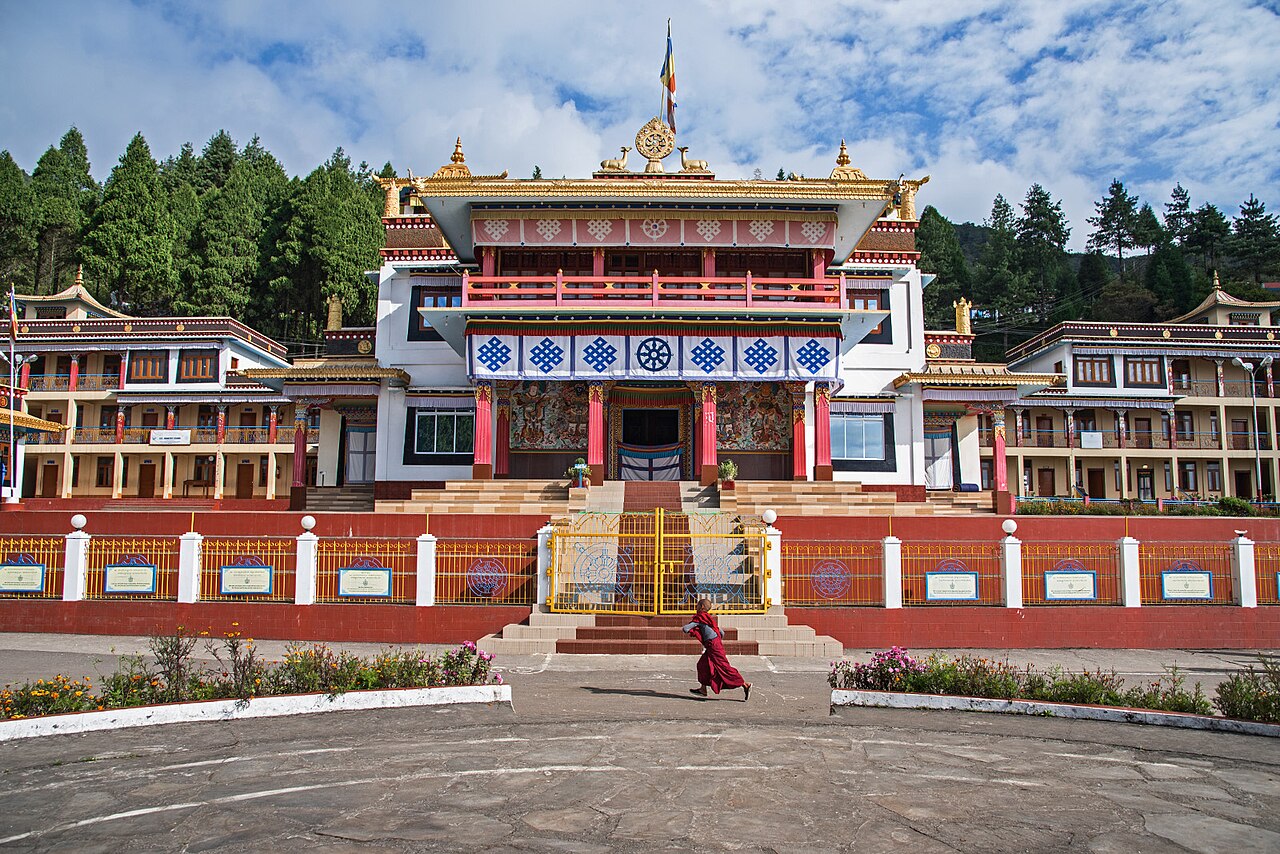
Bomdila Monastery
This Buddhist monastery offers stunning views of the Himalayan ranges and serves as a cultural and spiritual center for locals.

Itanagar
The capital city boasts historical forts, museums, and the scenic Ganga Lake, reflecting a blend of tribal heritage.

Mechuka
Surrounded by mountains and pine forests, known for its landscapes and 400-year-old Samten Yongcha Monastery.

Roing
Known for its scenic lakes, rivers, and historical sites like Bhismaknagar Fort, Roing blends history with picturesque surroundings.
Heritage of Arunachal Pradesh

Known for its diverse tribal culture and ancient traditions, the heritage of Arunachal Pradesh reflects a harmonious blend of nature, mythology, and spirituality. The region is home to over 26 major tribes and many sub-tribes, each with unique customs, festivals, and folklore. Ancient monasteries, indigenous crafts, and traditional wooden architecture contribute to its rich and vibrant cultural landscape.
The Performing Art of Arunachal Pradesh
A vibrant display of tribal life, the performing arts of Arunachal Pradesh include an array of music, dance, and theatre forms passed down through generations. These performances are deeply rooted in nature worship, folklore, and community celebrations. Ritualistic dances and traditional instruments like drums and flutes are central to their expression.
Music Form
Music forms is deeply intertwined with the tribal lifestyle, rituals, and seasonal festivals. Each tribe has its own musical identity, often involving chants, traditional instruments, and songs reflecting everyday life, nature, and legends.
Aji Lamu Songs
These are religious and ceremonial songs sung during the Aji Lamu dance, especially by the Monpa tribe.
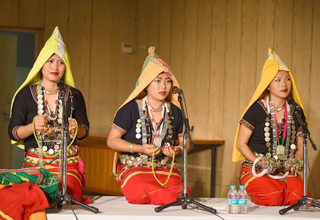
Baryi Songs
Performed by the Nyishi tribe, these long narrative songs recount folklore, heroic tales, and the ethical values of the community

Ja-Jin-Ja Songs
Sung during marriages and community events by the Adi tribe, these songs express joy, gratitude, and communal harmony
Dance Form
Dance in Arunachal Pradesh is a vibrant expression of tribal life, performed during festivals, religious ceremonies, and community gatherings. These traditional dances reflect the cultural stories, spiritual beliefs, and daily life of various tribes.

Ponung Dance
Performed by the Adi tribe, involves singing and hand movements in a circle, led by a male priest (Miri) who chants spiritual verses.

Lion and Peacock Dance
Practiced by the Monpa tribe, this features performers in lion and peacock masks, enacting Buddhist tales with music and stylized steps.

Wancho Dance
A folk dance balancing pots on the head, accompanied by Parai, Nadaswaram, and Thavil.
Festivals and Celebrations
Festivals are a colorful blend of tribal traditions, agricultural practices, and spiritual rituals. Celebrated with dance, music, and community feasts, they reflect the cultural richness and diversity of the state’s indigenous tribes.

Losar

Dree
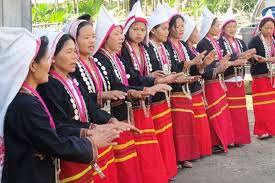
Solung
Arunachal Pradesh's Cuisine
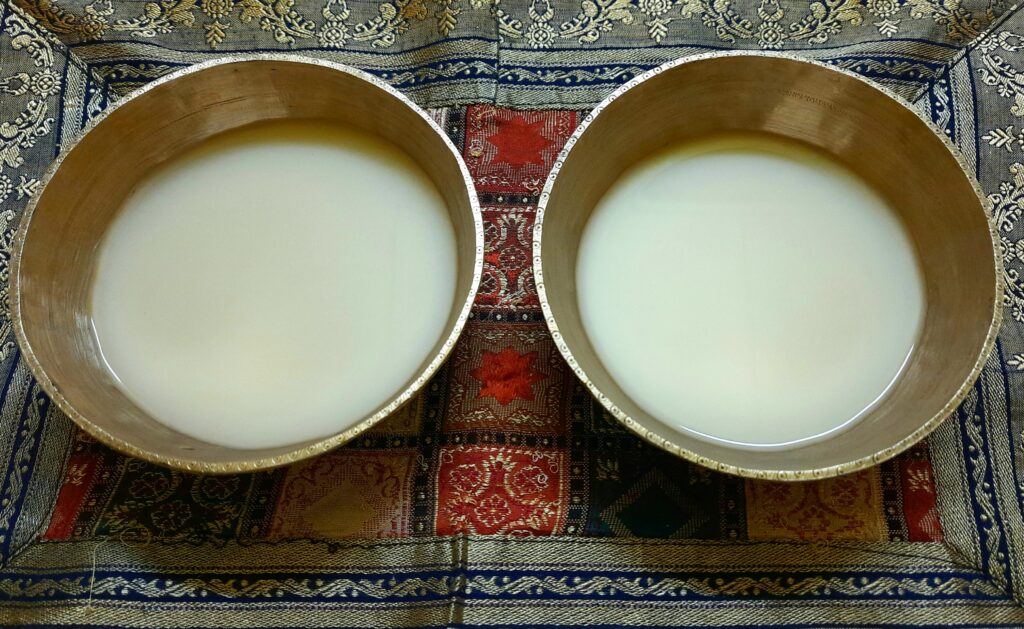
Apong & Rice Beer

Thukpa
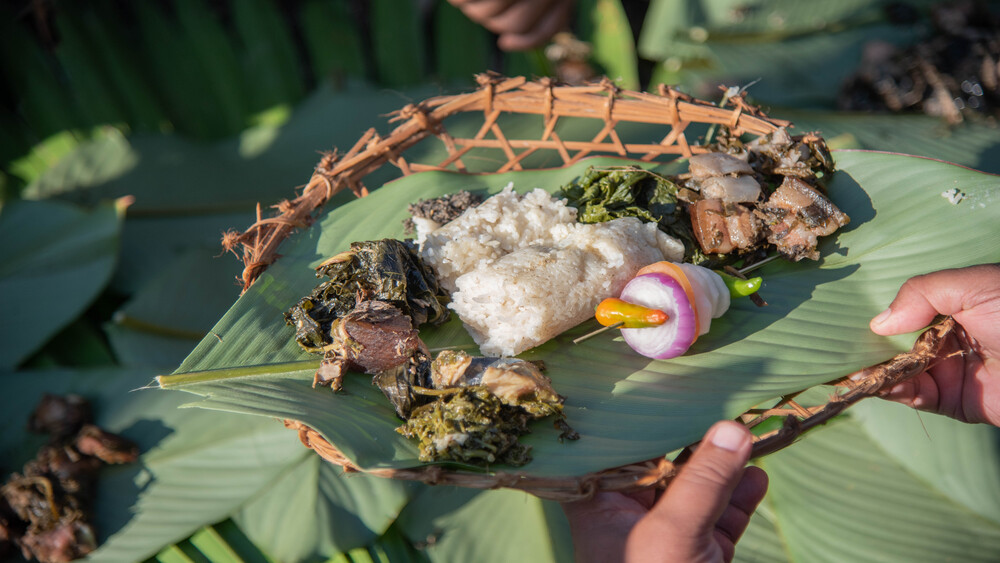
Smoked Meat & Fish
Cuisine here are simple, fresh, and heavily reliant on locally grown produce and herbs, with rice as the staple. The food is often mildly spiced, reflecting the natural flavors of the ingredients.
- Apong & Rice Beer – Traditional fermented beverages made from rice, enjoyed during festivals and social gatherings.
- Thukpa – A hearty noodle soup influenced by Tibetan cuisine, made with vegetables, meat, and flavorful broth.
- Smoked Meat & Fish – Commonly prepared by drying and smoking, these are staple protein sources for many tribes.
- Bamboo Shoot Curry – A tangy and aromatic curry made using fresh bamboo shoots, a regional delicacy.
- Wild Herbs & Greens – Freshly foraged and cooked in simple ways, these add unique flavors and nutrition to meals.
Popular Shopping Items
Arunachal Pradesh offers a rich collection of tribal and handcrafted items, reflecting its vibrant cultural diversity and skilled craftsmanship.
- Woolen Shawls & Jackets – Handwoven with traditional tribal patterns and natural dyes.
- Bamboo & Cane Products – Intricately crafted baskets, furniture, and decorative items.
- Handmade Ornaments – Unique jewelry using beads, feathers and silver.
- Traditional Masks – Used in dances and rituals, these are crafted with wood.
- Local Handloom Textiles – Vibrant fabrics like Galuk and Endi are popular among tourists.
Best shopping places: Itanagar’s Craft Centre, Bomdila market, and tribal stalls in Ziro and Tawang.
Woolen Shawls & Jackets
Handmade Ornaments
Bamboo & Cane Products
Local Handloom Textiles
Evolution of Arunachal Pradesh
⇒ Early Inhabitants: Indigenous tribes have inhabited Arunachal Pradesh for thousands of years, living in harmony with nature.
⇒ Tribal Settlements: Various tribes like the Monpa, Adi, and Apatani established distinct cultures, customs, and governance systems.
⇒ Mythological Significance: Mentioned in ancient Hindu scriptures as “Prabhu Mountains,” believed to be the birthplace of sage Parashurama.
⇒ Medieval Influence: Though largely autonomous, the region saw limited Tibetan and Ahom influence in border areas.
⇒ Integration with India: Became a Union Territory in 1972 and was granted full statehood on 20th February 1987, with a focus on preserving tribal heritage and promoting development.
Folk Dance of Arunachal Pradesh

Arunachal Pradesh Blogs
- Arunachal Pradesh Cultural guide
- Places to visit in Arunachal Pradesh
- Places to visit in Arunachal Pradesh
- India’s most popular destination
- India’s archaeological marvels
Recommended articles
- Arunachal Pradesh Cultural guide
- Places to visit in Arunachal Pradesh
- Places to visit nearby Arunachal Pradesh
- India’s most popular destination
